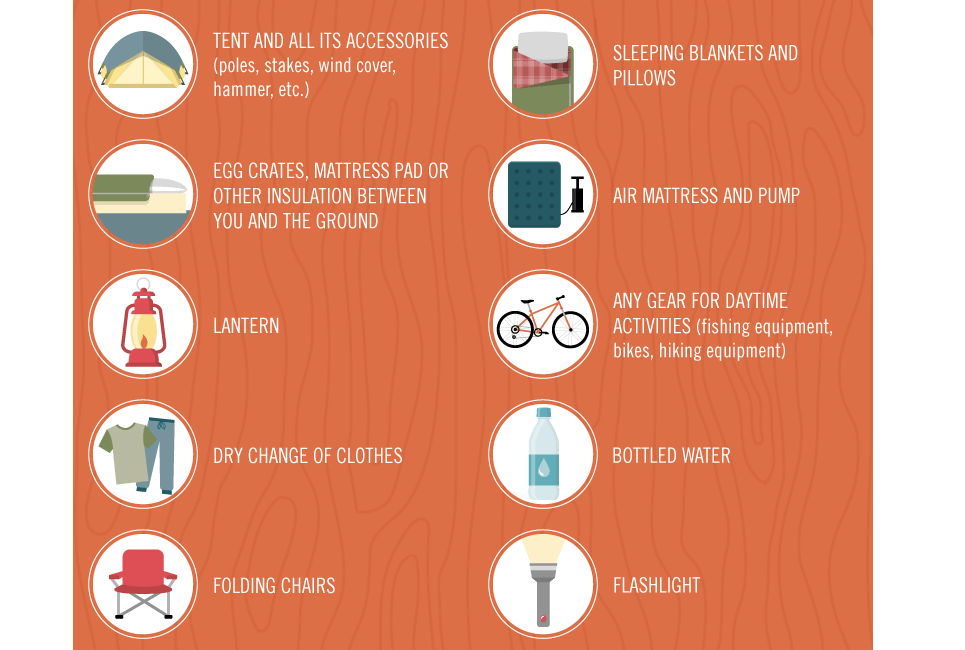An oven jack is a need for secure tent oven usage, maintaining everything from cold air to fire cinders out of your canvas camping tent. Nonetheless, inaccurately fitting one can lead to camping tent fires and carbon monoxide poisoning, so it is necessary to understand the most common mistakes campers make when setting up range jacks prior to camping!
Replacement
A cooktop jack is among one of the most essential items of tent outdoor camping equipment. Not just do they maintain the smoke out of your camping tent, yet they likewise protect against a variety of safety and security hazards consisting of tent fires and carbon monoxide poisoning. Yet, it's very easy to make mistakes in sizing and mounting a stove jack. Luckily, by understanding a few of one of the most common camper mistakes you can find out to avoid them and guarantee your stove jack is properly fitted to your outdoor tents for safe, comfortable outdoor camping. Read on to read more.
What Is a Tent Oven Jack?
Basically, a range jack is an opening that beings in the floor of your camping tent to suit your camp cooktop's chimney pipe. It's critical for keeping whatever from cool air to rainfall and snow out of your tent.
Assessment
When effectively sized and installed, a range jack is the most effective means to safely vent your wood-burning camping tent oven while keeping cold air, rainfall, snow, bugs, and creosote from entering your wall camping tent. However several campers battle with the setup procedure, and a cooktop jack that isn't durability fitted correctly can be dangerous. Range jacks require to be placed at a secure range from the tent walls, and the opening ought to be focused to supply an also spread out of heat throughout the interior. Additionally, a space between the oven pipeline and flue is a fire threat, and can permit carbon monoxide to enter your home. A WETT inspection from a certified specialist is necessary for your safety and security, and several insurance providers require it before providing protection.
A WETT evaluation checks for prospective fire risks, carbon monoxide poisoning dangers, and structural damage. It complies with stringent guidelines set by the Wood Energy Technology Transfer (WETT) organization to keep Canadians safe and efficient with their wood-burning appliances.
